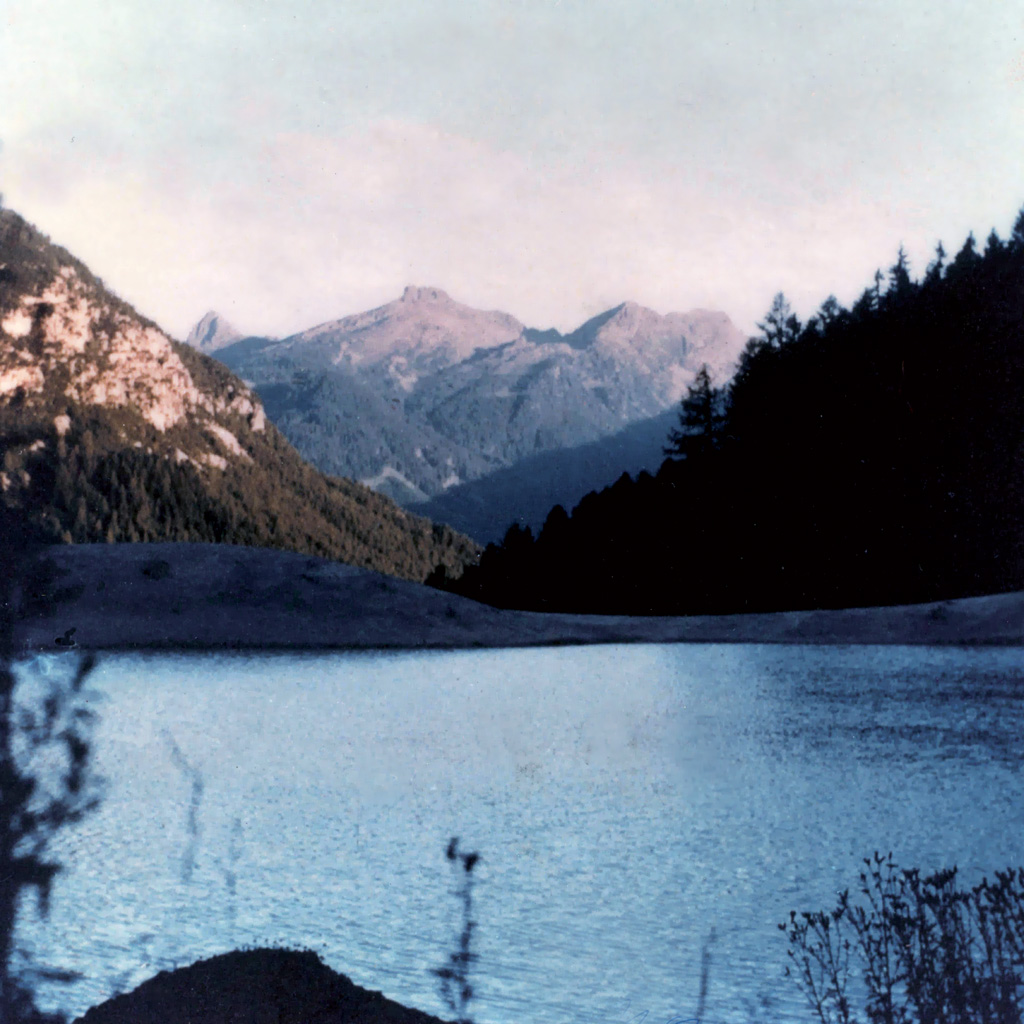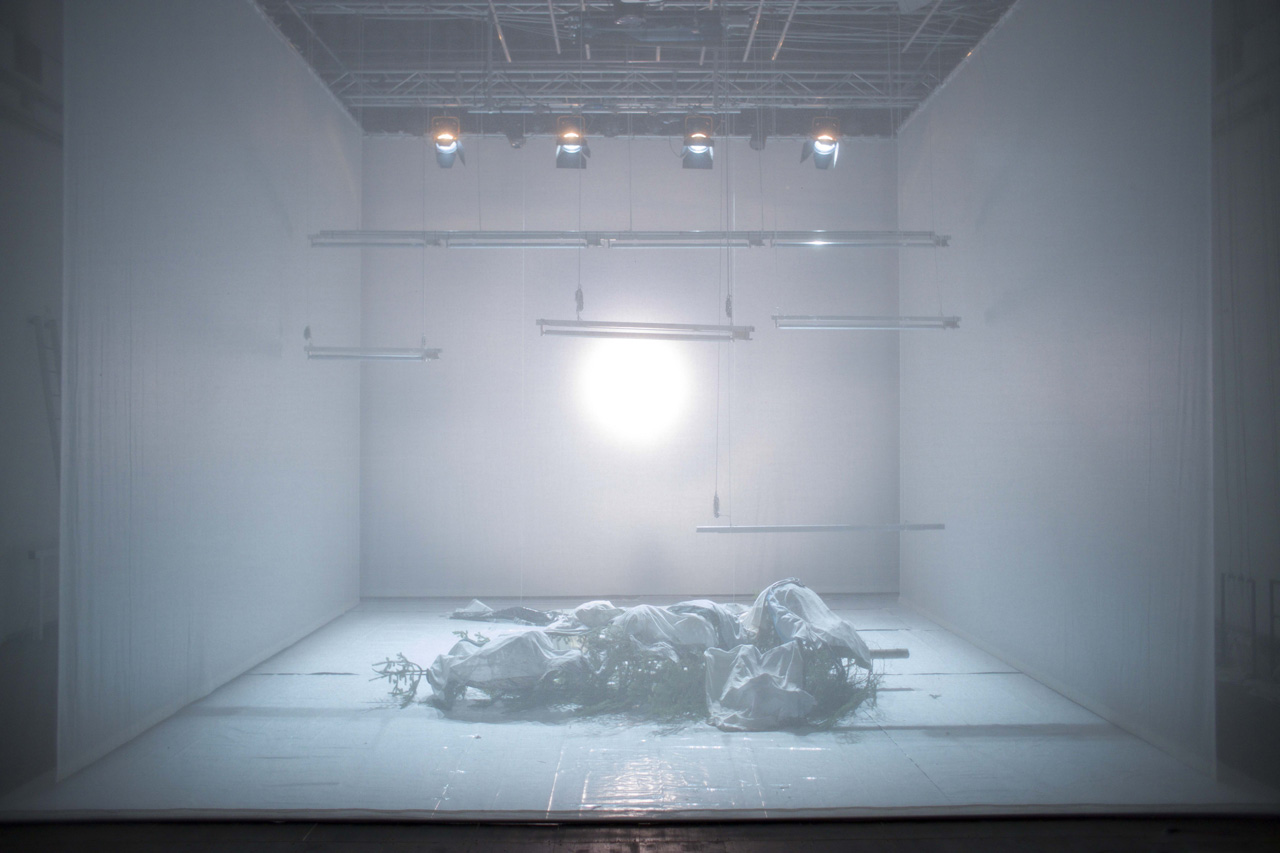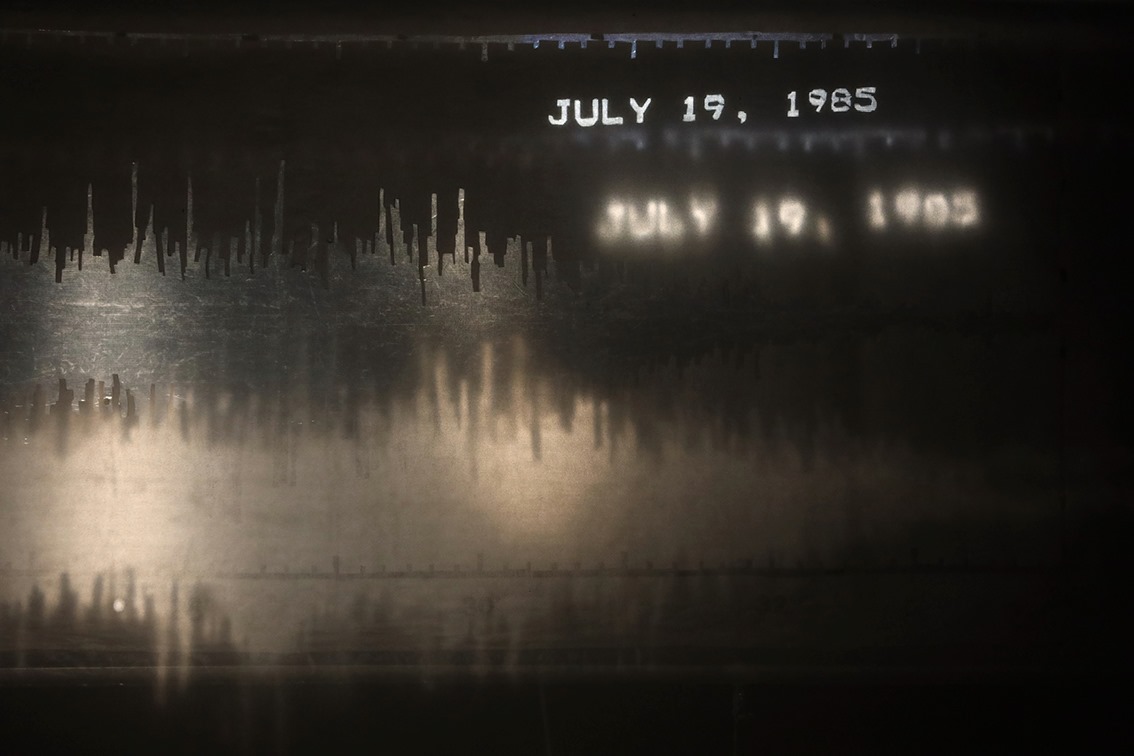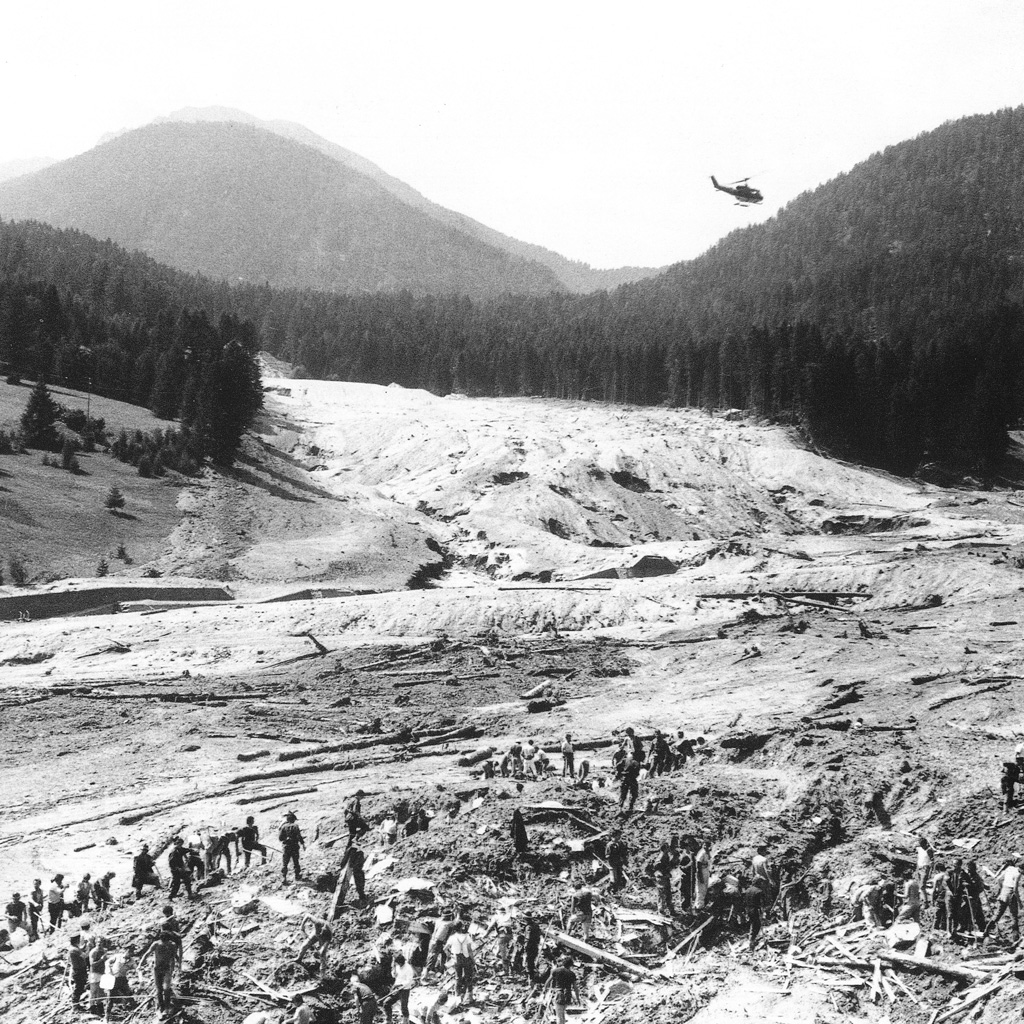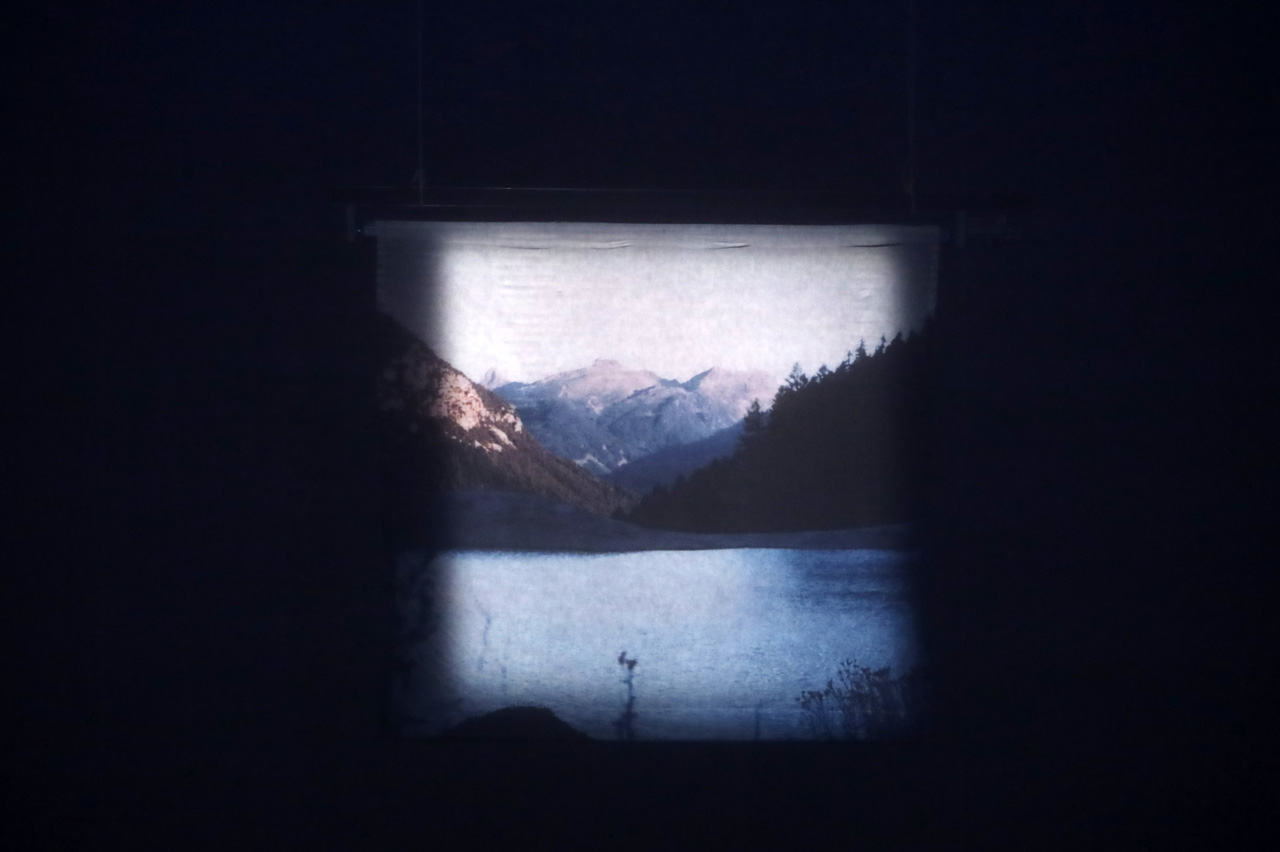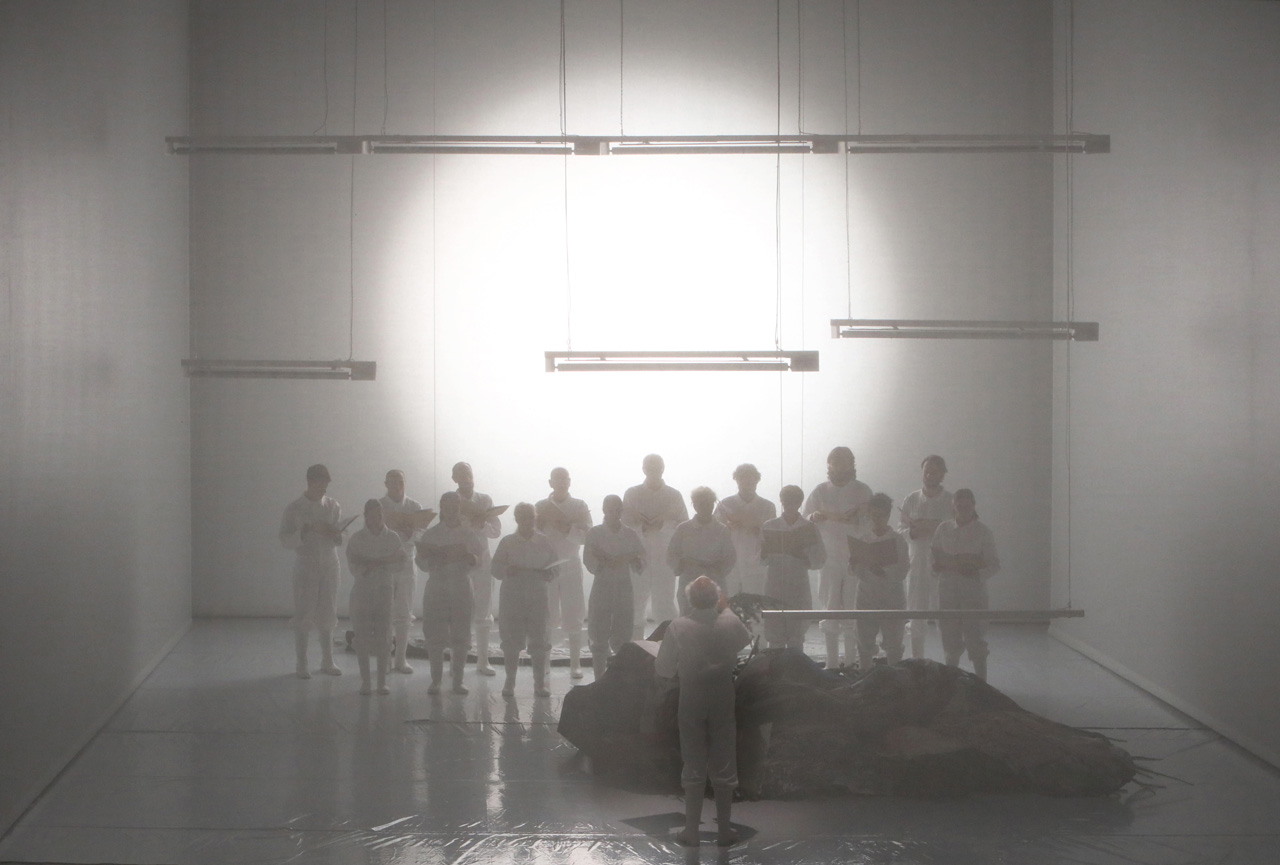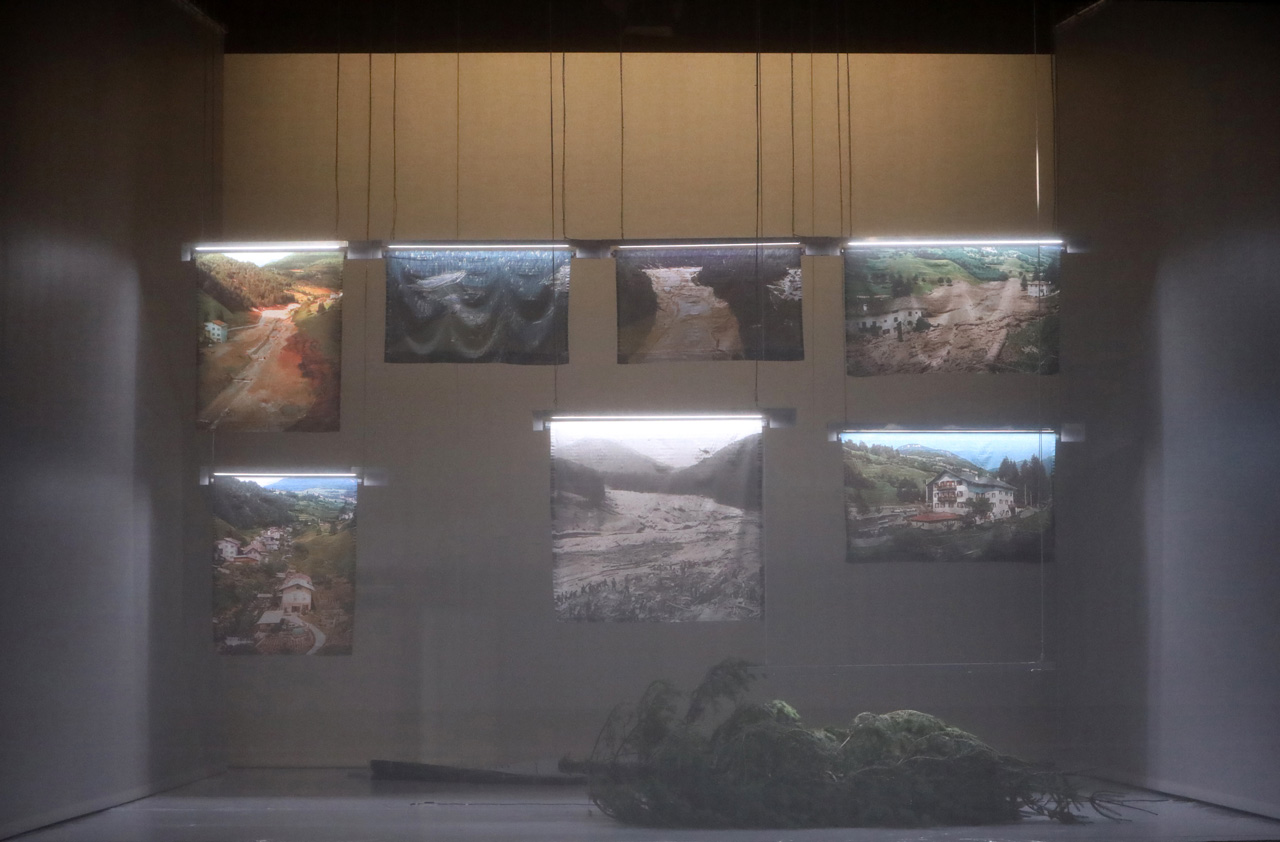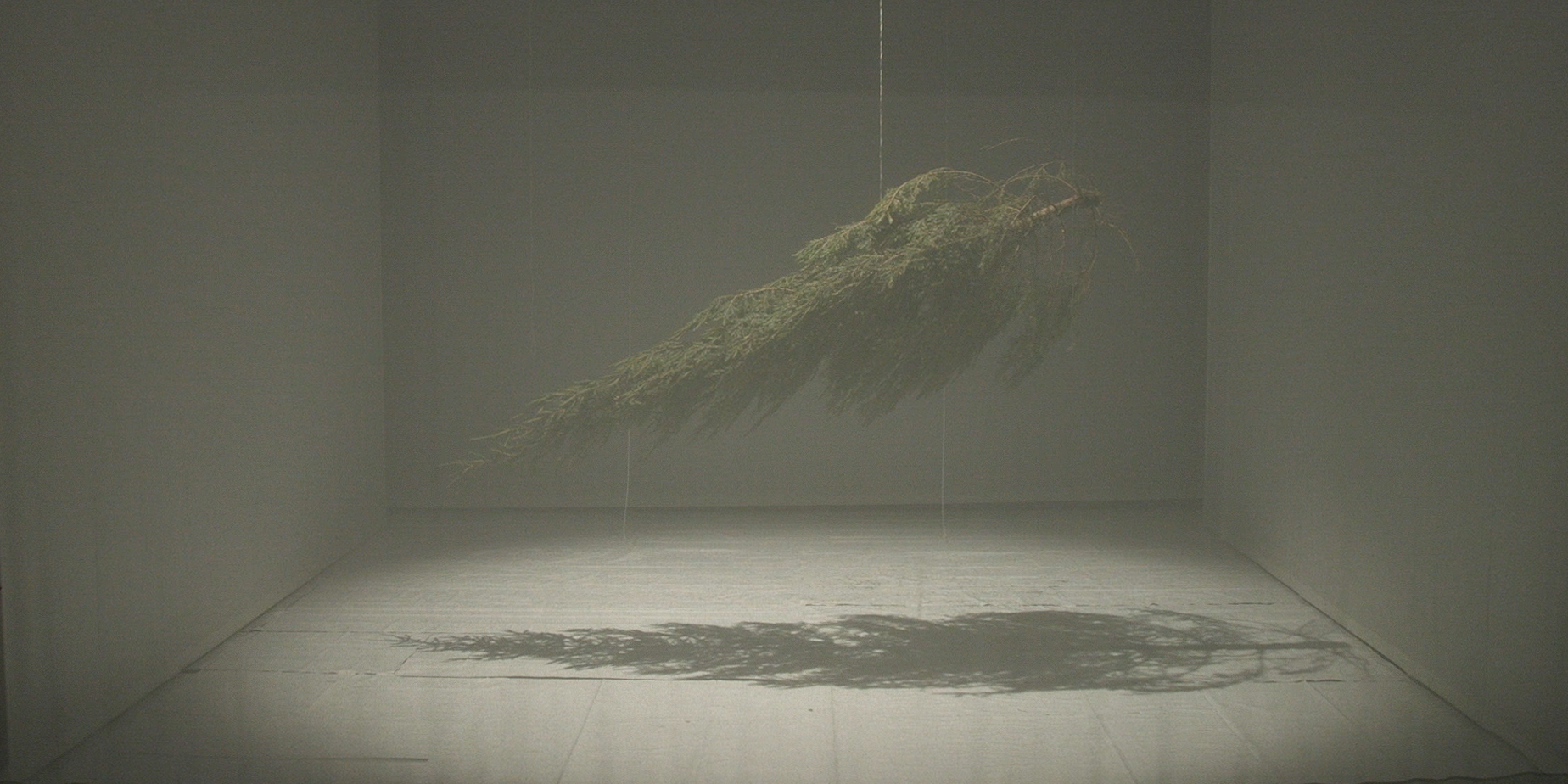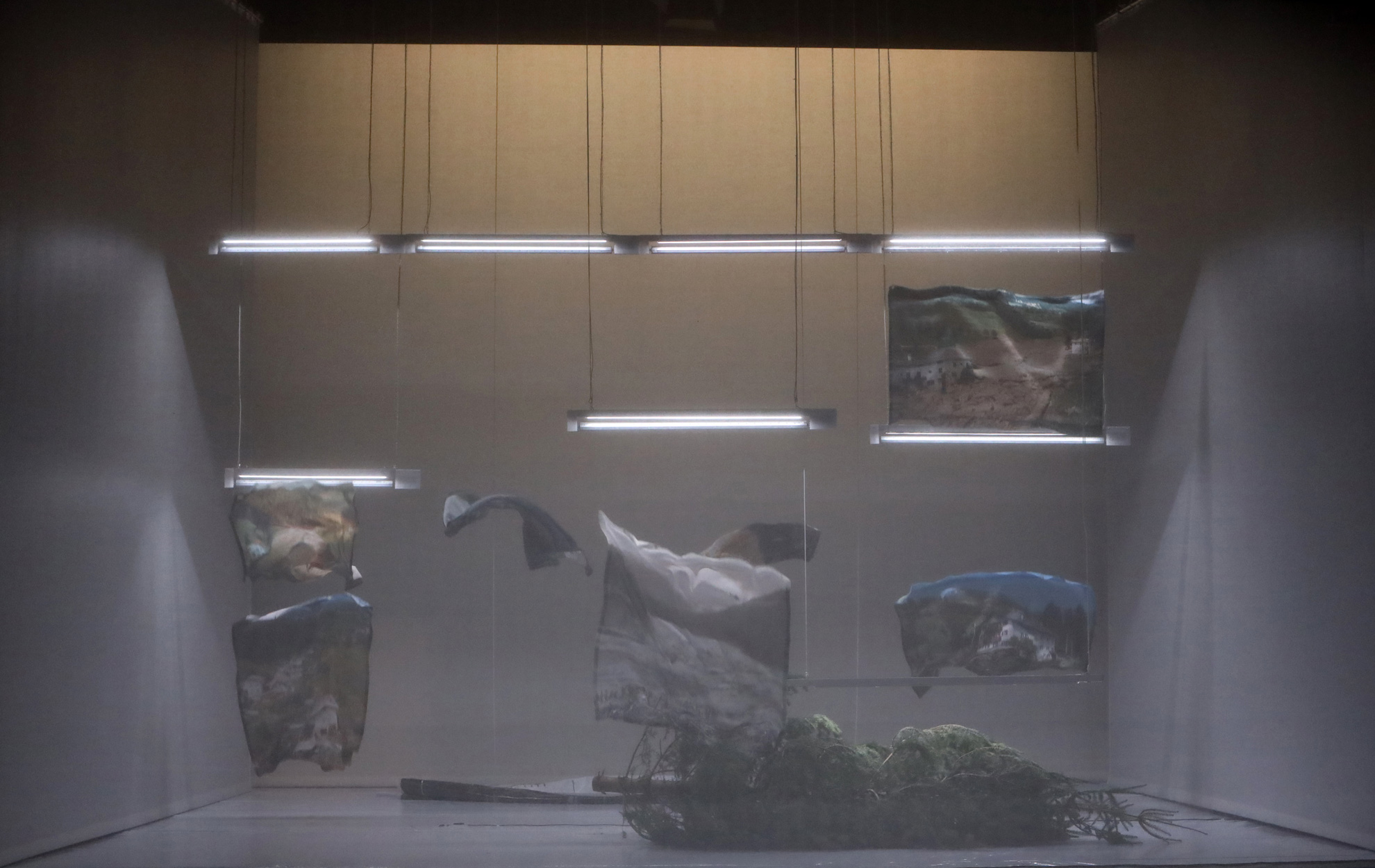content
At 12:22:55 on July 19, 1985, about 180,000 m³ of whitish mud violently swept away the village of Stava at a speed of 90 km per hour, wiping out everything in just 7 minutes: trees, houses, people, hotels, streets. A catastrophe without salvation that almost 35 years later is still unrepresentable.
Filippo Andreatta, founder of OHT, already author of the show "Curon/Graun", inspired by the story of the submerged village in Val Venosta, looks at Stava as an epiphanic moment of the ambiguous relationship between mankind and the mountain landscape and faces it as an "Alpine tragedy".
On stage, emptied of any attempt of material representation, the only chronicle of the event reconstructs the story of the tragedy moment by moment and paints a delicate and exciting fresco of the destroyed valley. The evocative power of the music performed live by the Ensemble Vocale Continuum directed by Maestro Luigi Azzolini fills the space. As in the ancient tragedy in which the choir represented the voice of the community, in the modern "Alpine tragedy" by OHT the choristers accompany the narration of events with their singing and become an emotional ghost of the population of Stava. The protagonist "in absentia" is the power of nature against which man has sinned, and continues to sin, of arrogance and superficiality. The work comes a year after the Vaia storm that devastated the woods of Trentino, making us reflecting once again on the presumption of man who tries to dominate the mountain and the destructive force of nature that rebels and, at the same time, to offer an opportunity for purification and redemption to those peaks defining our horizon.
[text by Chiara Marsilli]
year
2019
running time
0:50:00.0
genre
Alpine tragedy
press
La Lettura, Corriere della Sera > Le colpe dell'uomo non della natura - 11.X.2020
Verba Manent > Come si racconta una strage - 10.X.2020
radio3 suite > 19 luglio 1985 - 03.X.2020
Radio Vaticana > Tredici e Tredici - 02.X.2020
articolo21.org > Teatro Argentina. 19 luglio 1985 - 28.IX.2020
teatro.it > 19 luglio 1985, una tragedia alpina rievocata da OHT - 17.IX.2020
Messaggero Veneto > L'inondazione nel 1985 a Stava - 12.IX.2020
sipario > L'edizione XL di Dro - 17.IX.2020
Persinsala > XL Centrale Fies / Chapter 4 - 20.VIII.20
ATP diary > Anagoor e OHT per XL a Centrale Fies - 13.VIII.2020
minima et moralia > XL Centrale Fies: at the mercy of nature - 31.VII.2020
Stratagemmi > 19 LUGLIO 1985. Una tragedia alpina - 18.XI.19
Teatro e Critica > 19 luglio 1985. Alle ore 12:22, una tragedia alpina - 13.XI.2019
il Trentino > Il teatro deve lavorare sulle nostre ferite aperte - 10.XI.2019
l'Adige > Stava, una tragedia universale - 10.XI.2019
il Dolomiti > Dal teatro in apnea lo spettatore esce cercando aria - 8.XI.2019
la Voce del Trentino > 19 luglio 1985: al Teatro sociale il grido silenzioso di Stava - 8.XI.2019
Corriere della Sera - Trentino > Stava, 18 luglio 1985 - 18.X.2019
l'Adige > Stava, una tragedia alpina - 18.X.2019
credits
19 JULY 1985
an Alpine tragedy
> performance by OHT | Office for a Human Theatre
> “Lux Aeterna” by György Sándor Ligeti
> “Again – after ecclesiastes” by David Lang
> “ndormenzete popin” Mountain chant
> chorus / Ensemble Vocale Continuum
> master of chorus Luigi Azzolini
> directing, set-design and text Filippo Andreatta
> dramaturgy Marco Bernardi
> coripheus, music and sound Davide Tomat
> set-design and construction Alberto Favretto
> light-design William Trentini
> stage-manager Viviana Rella
> best-girl Letizia Paternieri
> assistent director Veronica Franchi
> video Armin Ferrari
> producer and administrator Laura Marinelli
> promotion and curating Laura Artoni
> expert gardener Cleto Matteotti
> sound technician Claudio Tortorici
> electronic development and automation Enrico Wiltch
> animal spirit the Deer
> production OHT
> co-production Romaeuropa Festival, Centro Santa Chiara Trento
> artistic residency Centrale Fies art work space
> supported by Fondazione Caritro, Provincia Autonoma di Trento
> under the patronage of Fondazione Stava 1985
> thanks to Bruno Ballardini, Michele Longo, Matthias Losek, Susanna Sara Mandice, Sandro Piovesana, Virginia Sommadossi, Chiara Zanoni and the woodman
production history
07.XI.2019 > Trento, Teatro Sociale – premiere
08-09-10.XI.2019 > Trento, Teatro Sociale
12.IX.20 > Cividale del Friuli, Mittelfest
26-27.IX.2020 > Roma, Romaeuropa Festival
number of replica
06
